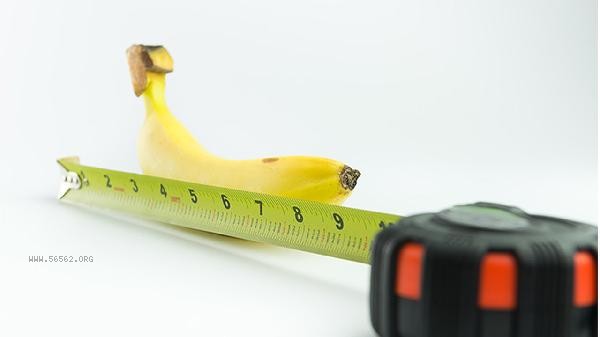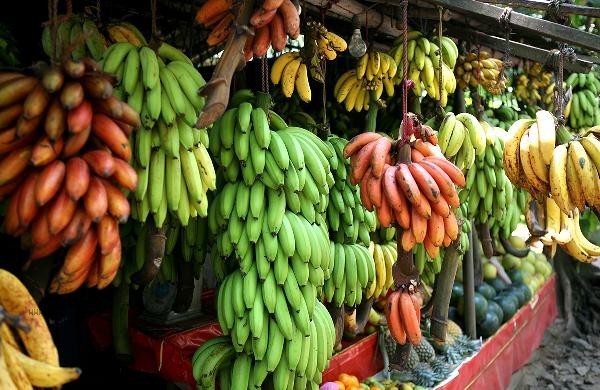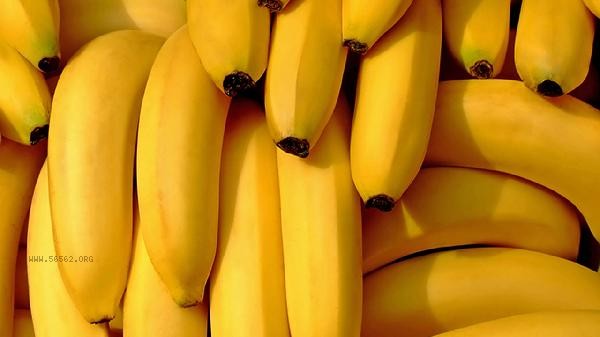Bananas can be stored for extended periods of time by controlling temperature, reducing mechanical damage, isolating ethylene gas, adjusting placement, and keeping them dry.

1. Temperature Control
Bananas are suitable for storage in an environment of 12-15 degrees Celsius. Too low a temperature can cause the skin to quickly turn black, while too high a temperature can accelerate ripening. Immature green bananas can be temporarily stored at room temperature. After maturity, it is recommended to put them in the refrigerator's refrigerated area and wrap the roots with plastic wrap to slow down oxidation. Tropical fruits are sensitive to low temperatures, so it is important to avoid direct contact with cold vents during refrigeration.
2. Reduce mechanical damage
After banana skin damage, polyphenol oxidase is released, leading to rapid local browning. When transporting, the fruit handle should be supported to avoid squeezing or bumping. Choose fruits without scratches or spots when purchasing, and wrap them with soft cloth when stored separately. Separated individual bananas are more prone to spoilage due to incision oxidation than whole bananas.
3. Isolate Ethylene Gas
Bananas release a large amount of ethylene during ripening, which can accelerate spoilage when mixed with other fruits. It can be sealed in a fresh-keeping bag to isolate air circulation, or placed separately from ethylene producing fruits such as apples and pears. Putting activated carbon or ethylene absorbent in the bag can effectively delay ripening, and 1-methylcyclopropene inhibitor is commonly used in commercial storage.

4. Adjusting the placement method
Hanging storage can reduce the pressure area and simulate the natural growth state of bananas. When placed flat, it is recommended to keep the arch facing upwards to avoid bruising caused by pressure on the bottom. The whole bunch of bananas can be hung with hooks in a cool and ventilated place, and individual bananas can be placed upside down to reduce pressure on the fruit stem. Do not stack bananas in more than two layers.
5. Keep dry
Surface moisture can promote mold growth, and it should be thoroughly wiped dry after cleaning. In humid environments, kitchen paper can be used to wrap and absorb water. It is recommended to keep the humidity in the storage area below 85%. Food desiccants can be placed in storage boxes during rainy or rainy seasons, but direct contact with banana skin should be avoided.

Bananas can be stored separately for daily use, and bananas with different maturity levels can be processed in batches. Bananas with black spots can be peeled and frozen for use in making milkshakes or baking. Bananas should not be stored together with root vegetables such as potatoes and onions, as the spores released by these ingredients can induce early ripening of bananas. If long-term storage is required, it can be sliced and dried to make dried bananas, or processed into banana puree and packaged for freezing. Choosing bananas with moderate hardness and green stems when purchasing can provide a longer shelf life.








Comments (0)
Leave a Comment
No comments yet
Be the first to share your thoughts!